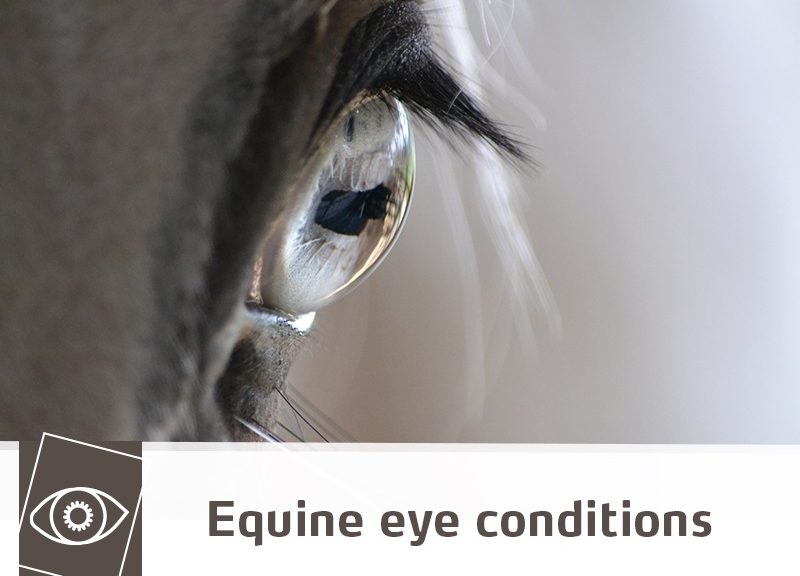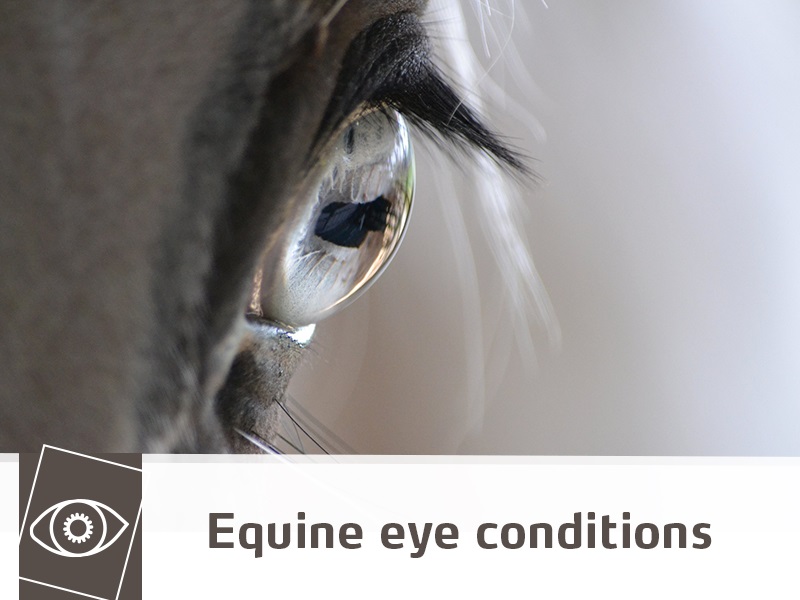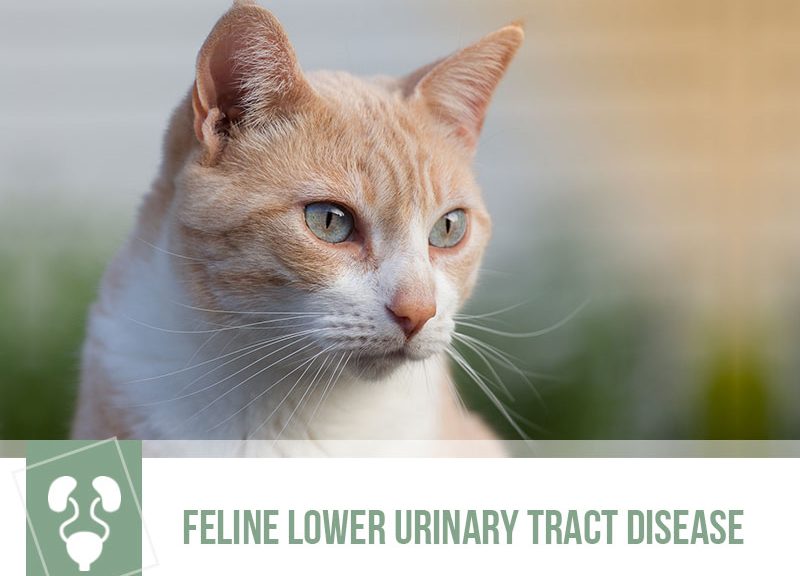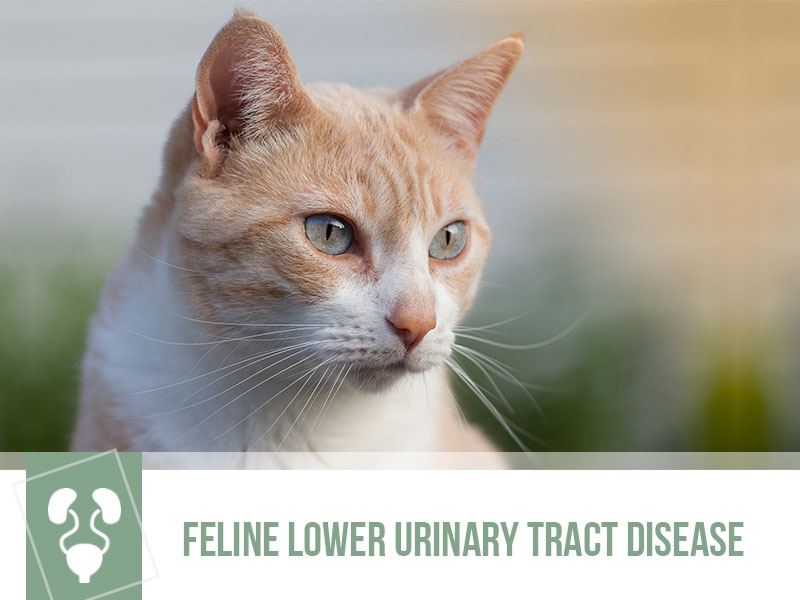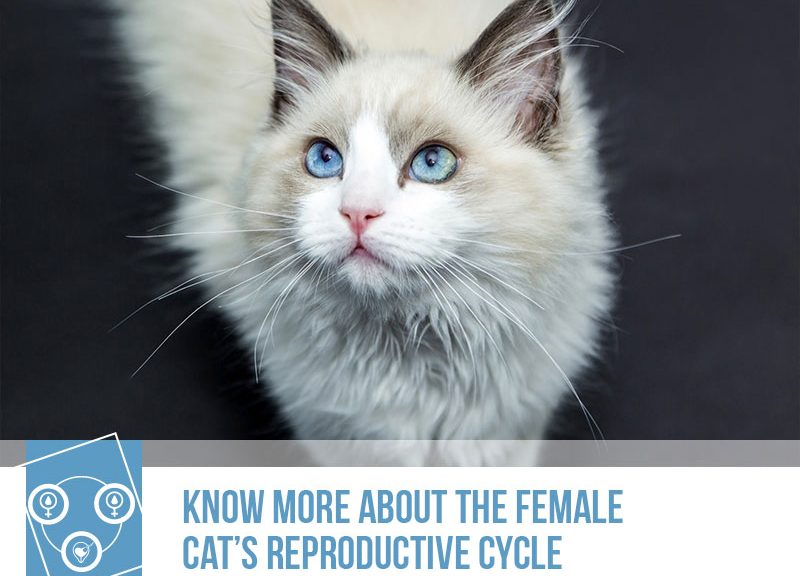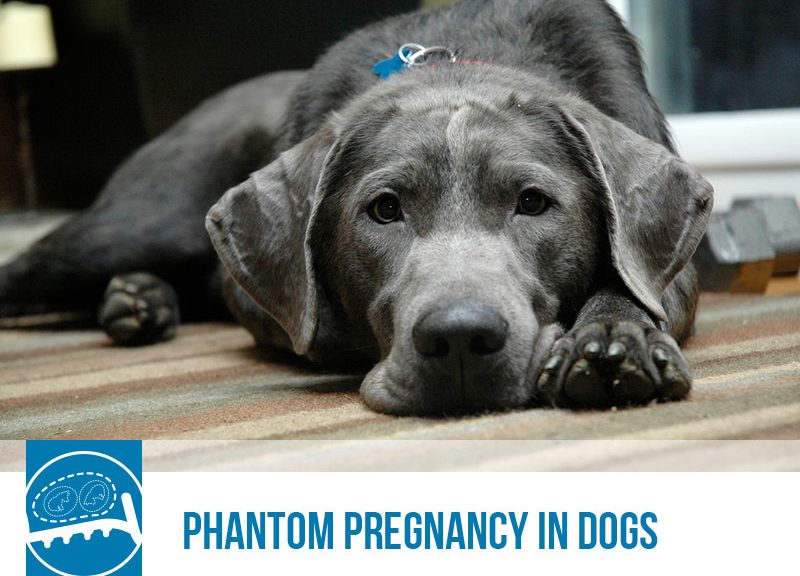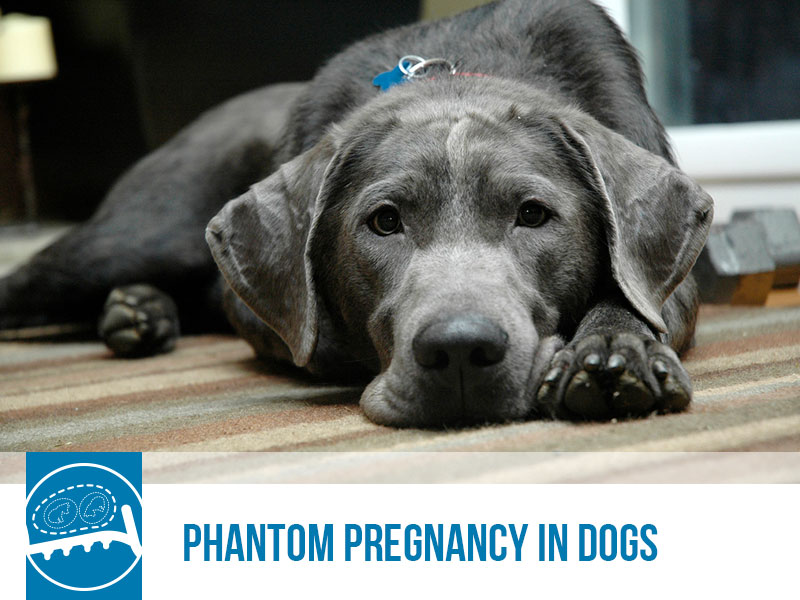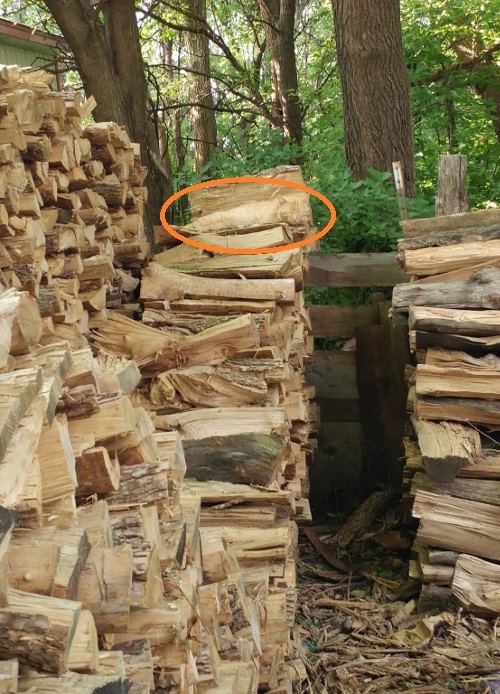Horses suffering from an eye condition may display several signs of discomfort such as eye rubbing, excessive blinking, an increase in the amount of tears, an abnormal shape or size of one or both eyes, changes in the cornea, drooping of the upper eyelid, abnormal discharges, being more sensitive to light, pain, holding the eye shut and may even become depressed.
The list of common eye problems in horses includes uveitis, ulcers, cataracts, tumours traumatic injuries, and foreign bodies, among others.
Uveitis
Uveitis is the term used for an inflammation involving different structures inside the eye that can have many different causes such as bacteria, viruses, neoplasia or even trauma. This is a painful condition that over time can lead to the formation of adhesions within the eye and eventually lead to loss of vision in the affected eye. Uveitis is a common cause of blindness in horses and in some cases the affected eye may be surgically removed.
Equine recurrent uveitis (ERU) is a complex immune-mediated disease that can be more or less serious depending on the severity of the uveitis, duration of episodes and response to treatment. Prompt veterinary assistance is key since the sooner the inflammation is under control the better. This will limit the damage to the structures inside of the eye.
Corneal Ulcers
A corneal ulcer is an open sore in the transparent membrane that covers the eye (the cornea) which is caused, in most cases, by an initial trauma. Corneal ulcers also cause inflammation, pain and there is a risk for secondary infections.
Cataracts
A cataract is an opacity (cloudiness) in the lens of the eye, a firm, biconvex structure filled with gel that is suspended behind the iris. Cataracts can be congenital or can be acquired throughout the animal’s life. Common causes include trauma, nutritional abnormalities, toxicities, inflammation or be secondary to other conditions such as ERU. Older horses can also present cataracts (senile cataracts) since this condition is a normal part of the normal ageing process of the lens.
Tumours
There are several types of tumours that can affect the eye itself and surrounding structures such as sarcoid, melanoma and squamous cell carcinoma.
Foreign bodies
Despite the eyes’ blink response which is a natural mechanism that protects the eye from external aggression, a foreign body can go into the eye. The most common foreign bodies affecting a horse’s eye include twigs, thorns, grass seeds, and these need to be removed as soon as possible.
It is very important to take your horse to the vet as soon as you realise there is something unusual with your horse’s eyes because what can start as being a minor problem can become more serious. Please keep in mind that many eye issues also cause a lot of discomfort and pain. Eyelid wounds, painful eyes, foreign bodies, all these conditions are regarded as emergencies, so it is recommended to get your horse checked by a vet straight away.
Would you like to know more about horses? Check our Equine Courses:
